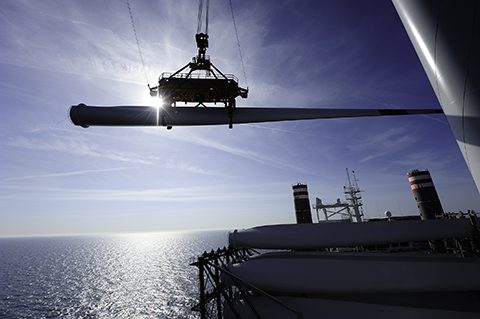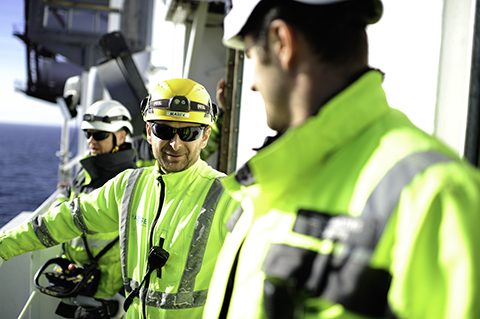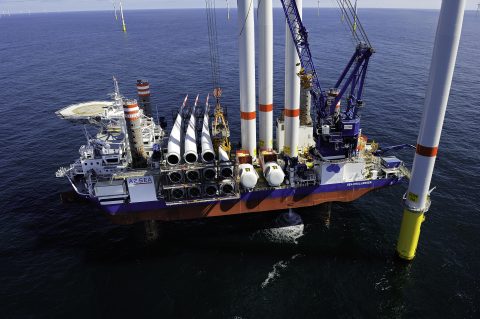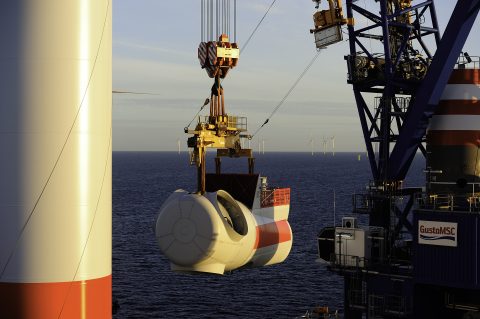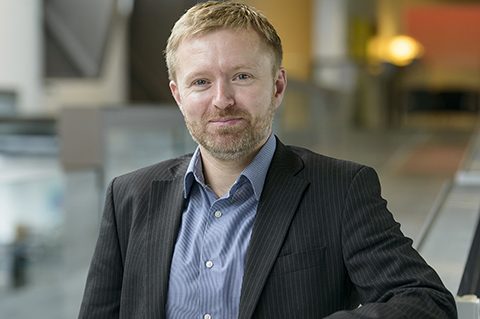
By Andy Reay, A2SEA Regional Manager for the UK
The Humber may not be that long as rivers go (just 59 kilometres from one end to the other), but its lack of length isn’t about to stop it being one of the busiest spots in offshore wind energy next year. In fact, the area will be home to both operations & maintenance projects, as well as considerably more offshore construction, too.
Actually, the Humber isn’t a river at all. Situated on the east coast of northern England and flowing into the North Sea, it’s a tidal estuary formed where the River Trent and the River Ouse meet each other. In 2017, for the first time, A2SEA will be bringing two jack-up vessels to the area, kicking off two new projects that will see components being loaded out from Siemens’ new £160 million turbine blade manufacturing, project construction, assembly and service facility at Green Port Hull.

